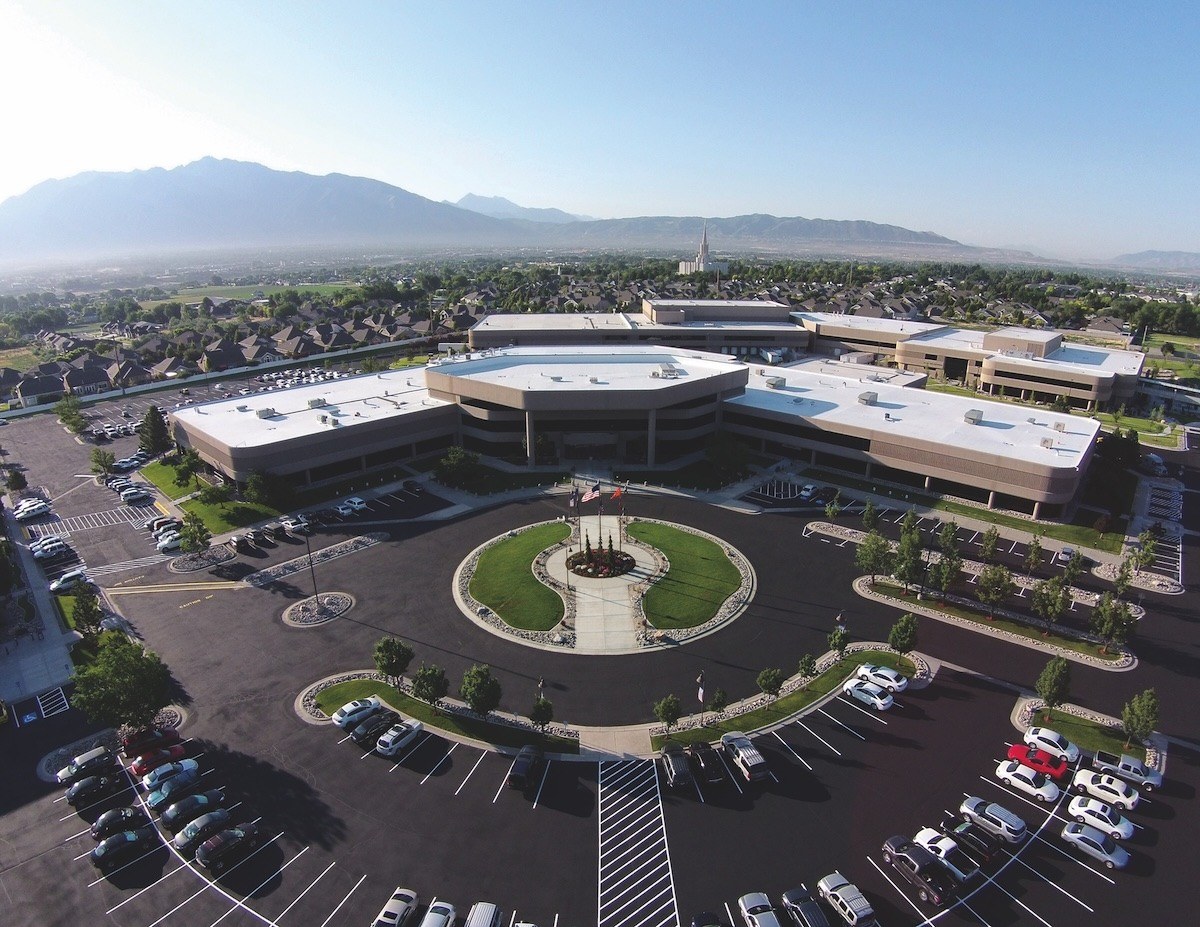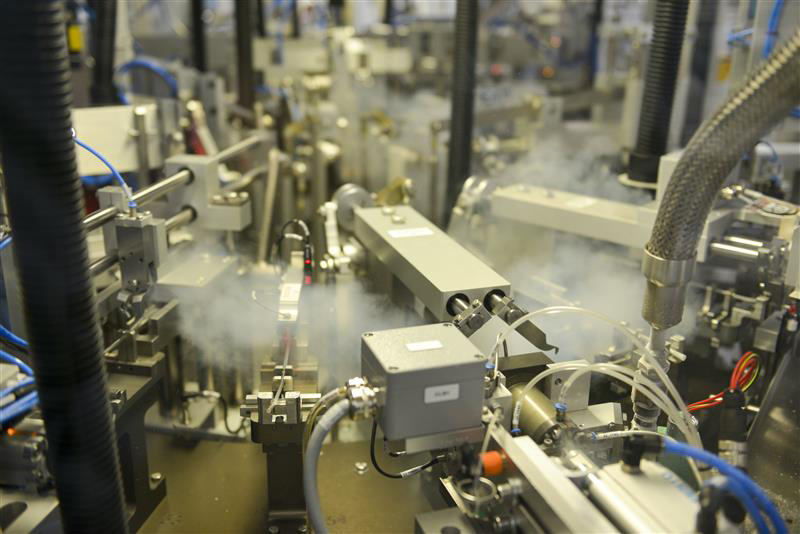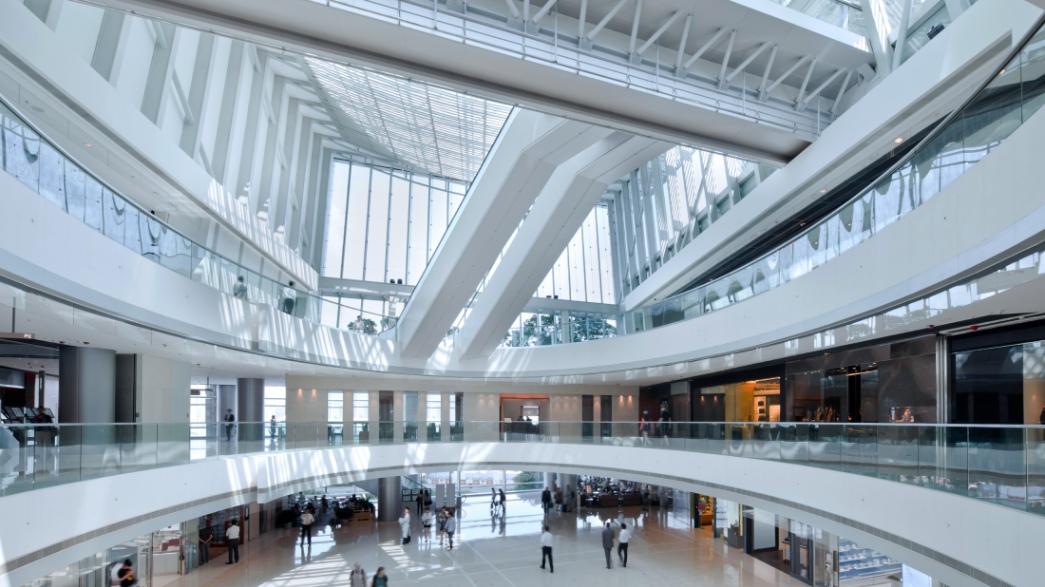Valenciennes Hospital is a public institution and the largest general hospital in France. It is also the leading employer in the region, with 5,200 professionals working on-site. With facilities covering thousands of square meters, Valenciennes Hospital engages in nearly 400,000 patient consultations yearly, performing close to 30,000 surgeries, and managing about 130,000 emergency room visits. This demonstrates the center’s critical role in a region with high healthcare demands.
Security is a major concern. Managing a site as large as Valenciennes Hospital means protecting its facilities, patients, visitors, and staff — daily, not only against potential malicious acts but also in exceptional health crises, such as mass casualty incidents. In these scenarios, new technologies play a crucial role in securing the hospital quickly and effectively.
For the 2024 Olympic Games, Valenciennes Hospital was called upon as one of the key facilities to contribute to event preparations, particularly for matches held in the city of Lille.
The hospital focused on two key areas:
- Cybersecurity - Hospitals faced millions of cyberattack attempts during the Games, with malicious actors aiming to disrupt healthcare systems.
- Emergency Readiness - Teams were deployed to Olympic sites in Lille to ensure medical support on-site, while also preparing the Valenciennes Hospital as a frontline facility, ready to handle a mass casualty event, such as an attack or a major accident. Throughout the Games, the emergency teams and operating rooms remained fully mobilized, ready to act at any moment.
The Emergency Department (ER) at Valenciennes Hospital treats adult patients aged 16 and up. In 2024, they estimated to receive 77,000 patients — just over 210 patients a day.
One important tool is video surveillance, not only for monitoring access points, but especially for tracking exits. Sometimes patients leave the emergency area without informing staff, and the personnel need to know how, with whom, and where they went.
Another key tool is artificial intelligence, which the hospital has been using in the ER for several years to predict activity levels. It allows them to forecast how many patients they will be admitting up to five days in advance, with around 91–92% accuracy. That greatly helps them to better manage staffing and align resources with expected demand.
The hospital’s video surveillance system covers all its sites, with a total of 200 cameras. While some of the technology is still outdated, upgrades are planned. Currently, the system includes 11 analog cameras and over 175 digital ones. One of the most advanced cameras features dual technology: a standard video surveillance lens combined with a thermal imaging lens for fire detection.
Another component of the system ensures access control for hospital staff at all entry points. There are 15 license plate recognition (LPR) cameras, along with cameras that monitor the flow of emergency vehicles. Three dedicated cameras identify ambulances, taxis, and medical transport vehicles (VSL), all equipped with a standardized "R" logo for healthcare transportation in France


